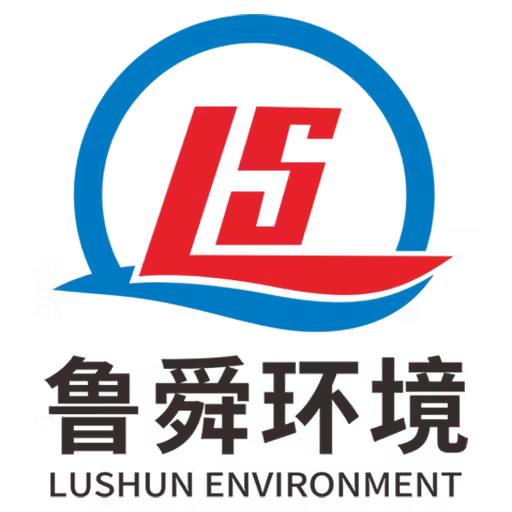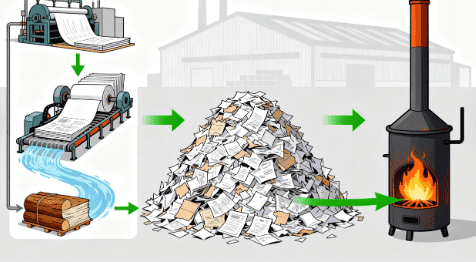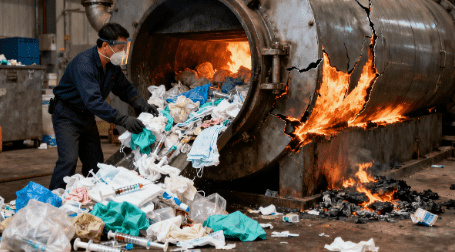Table of Contents
Introduction
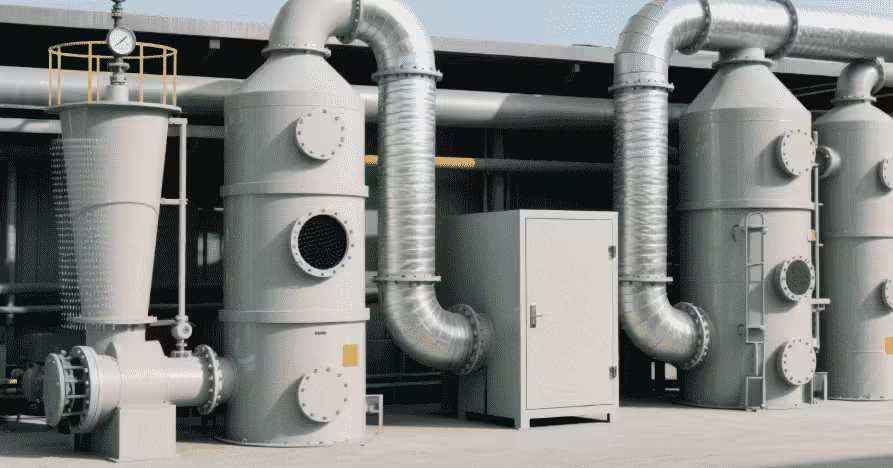
In the world of waste management, the industrial incinerator has become an essential piece of equipment for companies handling mixed waste streams. However, misconceptions surrounding how these systems work, what they can handle, and their impact on cost and compliance continue to circulate. These myths not only mislead buyers but also create unnecessary risks for businesses and the environment. This article aims to uncover six of the most dangerous myths about using an industrial incinerator for mixed waste and provide accurate insights to support B2B buyers in making informed decisions.
Myth 1: All Industrial Incinerators Handle Mixed Waste the Same
Why This Myth Exists
Many companies assume that if a system is labeled as an industrial incinerator, it must handle any form of waste effectively. This perception arises because waste streams often contain a mix of hazardous and general materials.
The Reality
Incinerators are designed with unique combustion systems, refractory materials, and pollution control devices. A system built for hazardous chemicals might fail to handle pharmaceutical or medical waste due to temperature or ash-residue requirements.
Key Insight
A mixed waste incinerator must be matched to the specific waste profile. Failure to align the waste type with system design results in inefficiency, safety hazards, and regulatory violations.
Myth 2: Any High Temperature Is Safe for Mixed Waste
Why High Temperature Alone Isn’t Enough
It is often believed that burning waste at higher temperatures guarantees safety. While temperature is important, combustion efficiency depends on a balance of temperature, oxygen supply, chamber design, and residence time.
The Science Behind Combustion
Different waste materials decompose and emit pollutants at varying temperatures. Without adequate air distribution or a secondary combustion chamber, incomplete combustion can lead to toxic by-products.
Key Insight
The right incineration process requires optimized engineering. Over-reliance on temperature alone creates risks of incomplete combustion and higher emissions.
Myth 3: Industrial Incinerators Eliminate 100% of Toxic By-products
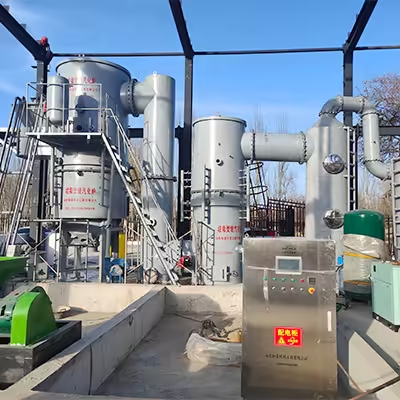
The Misconception
A common assumption is that once mixed waste enters an incinerator, all harmful elements vanish. This is misleading and potentially dangerous.
The Reality of By-products
Ash, slag, and airborne particulates are inevitable. Even with high-efficiency systems, harmful emissions can escape without advanced flue gas treatment.
Key Insight
Incineration drastically reduces waste volume but does not eliminate by-products. Effective systems include dust collectors, scrubbers, and ash-handling solutions to minimize environmental risks.
Table: Common Waste Types and Incinerator Requirements
| Waste Type | Temperature Range (°C) | Special Considerations |
|---|---|---|
| Hazardous Chemicals | 1,100 – 1,200 | Requires secondary chamber, gas scrubbing |
| Pharmaceutical Waste | 1,000 – 1,200 | Consistent monitoring of combustion rate |
| Mixed Industrial Waste | 950 – 1,100 | Segregation recommended, ash handling |
| Medical Waste | 1,000 – 1,200 | Sterilization and odor control needed |
| General Organic Waste | 850 – 950 | Lower risk but needs energy recovery |
Myth 4: Mixed Waste Incineration Has No Compliance Risks
Why Compliance Is Overlooked
Some buyers believe installation alone guarantees regulatory approval. This myth arises from underestimating the strictness of environmental laws.
Compliance in Reality
Mixed waste incineration is regulated with emissions standards, permits, and continuous monitoring. Violations lead to heavy fines, reputational damage, and even operational shutdowns.
Key Insight
Compliance requires ongoing data tracking, documentation, and monitoring. Treating compliance as a one-time task is a serious mistake.
Myth 5: Mixed Waste Incinerators Are Maintenance-Free
The Dangerous Assumption
Another misconception is that once installed, these systems operate with minimal oversight. Buyers often underestimate the physical stress these units endure.
The Reality of Maintenance Needs
Refractory linings degrade under extreme heat. Burners, filters, and scrubbers all require periodic inspection and replacement. Ignoring these needs increases risk of breakdowns and unsafe emissions.
Key Insight
Preventive maintenance is not optional. A structured maintenance schedule extends system lifespan, reduces downtime, and maintains compliance.
Myth 6: Any Industrial Incinerator Is Suitable for Mixed Waste Streams
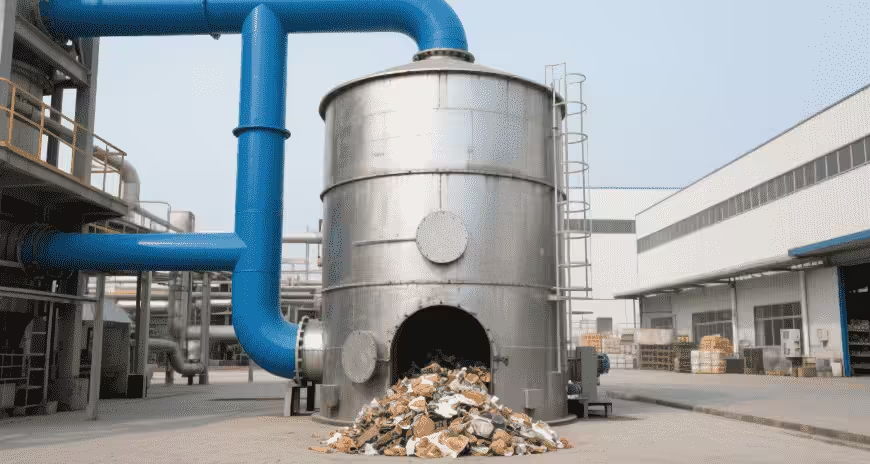
Why This Myth Persists
Buyers often believe that any incinerator marketed for mixed waste can serve all industries. In reality, system suitability varies widely.
The Reality
Choosing the wrong incinerator can lead to expensive retrofits or total replacement. Waste segregation, chemical analysis, and customized engineering are essential steps in selecting the right system.
Key Insight
Not every incinerator fits every waste profile. Due diligence and technical consultation are crucial before procurement.
Conclusion
The myths surrounding industrial incinerators for mixed waste are not just misunderstandings; they can lead to costly mistakes, safety risks, and compliance failures. B2B buyers need to approach procurement and operation with accurate information, focusing on waste compatibility, compliance, maintenance, and system design. By debunking these six dangerous myths, businesses can make informed decisions that improve efficiency, protect the environment, and ensure long-term operational success.
Key Takeaways
- Not all industrial incinerators handle mixed waste equally—match the system to the waste profile.
- High temperature alone does not ensure safe combustion; air distribution and chamber design are critical.
- Incineration reduces waste volume but still produces by-products requiring treatment.
- Compliance is ongoing and requires continuous monitoring and documentation.
- Regular maintenance is essential for safety, efficiency, and long equipment lifespan.
- Proper selection and consultation with experts prevent costly retrofits and compliance failures.
FAQ
What exactly is a mixed waste incinerator?
A mixed waste incinerator is a system designed to treat different categories of waste together, but its performance depends on the composition of the waste and the system’s design features.
Action Tip: Conduct a waste composition audit before choosing an incinerator.
Can industrial incinerators completely destroy hazardous substances?
No. While they significantly reduce waste volume and neutralize many hazardous elements, they also generate by-products like ash and gases that require additional treatment.
Action Tip: Always integrate flue gas treatment and ash handling systems.
How much energy can be recovered from mixed waste incineration?
The amount of recoverable energy varies by waste type and system efficiency. Modern units often include heat recovery to produce steam or electricity.
Action Tip: Evaluate whether waste-to-energy recovery fits your operational goals.
Are environmental regulations for industrial incinerators the same worldwide?
No. Each region or country has its own standards for emissions, permits, and monitoring. Businesses must comply with local environmental laws.
Action Tip: Consult local environmental agencies early in the procurement process.
What is the average lifespan of an industrial incinerator?
With proper operation and regular maintenance, an industrial incinerator can last 15–20 years. However, consumable parts such as refractory linings or filters need more frequent replacement.
Action Tip: Budget for both capital costs and recurring maintenance expenses.
Is incinerating mixed waste environmentally sustainable?
When supported by advanced emission control systems, incineration helps reduce landfill use and enables energy recovery. However, it is not a zero-impact solution and should be part of a broader waste management strategy.
Action Tip: Combine incineration with recycling and waste minimization practices.
How often should an industrial incinerator be serviced?
Routine maintenance is recommended every few months, with annual in-depth inspections. Frequency may vary depending on usage intensity and waste type.
Action Tip: Develop a preventive maintenance schedule tailored to your facility.
What types of businesses benefit most from mixed waste incinerators?
Industries such as chemical manufacturing, pharmaceuticals, medical facilities, and large-scale industrial plants often rely on these systems to manage complex waste streams.
Action Tip: Benchmark your waste streams against industries with similar challenges.
What safety measures are necessary when operating an incinerator?
Operators must follow strict protocols, including protective equipment, explosion prevention systems, continuous emissions monitoring, and emergency shutdown procedures.
Action Tip: Train staff regularly and run emergency drills to ensure readiness.
Can an industrial incinerator handle e-waste or plastics?
Yes, but only if the system is designed for such materials. Some plastics release harmful chemicals that require specialized combustion chambers and gas treatment systems.
Action Tip: Confirm compatibility of your waste profile with the chosen system.
How do companies choose the right incinerator for mixed waste?
Businesses should start with a detailed waste audit, consult engineering experts, evaluate compliance requirements, and compare system features before procurement.
Action Tip: Use a step-by-step procurement checklist to avoid costly oversights.
